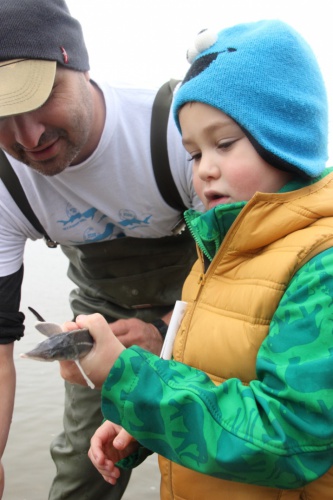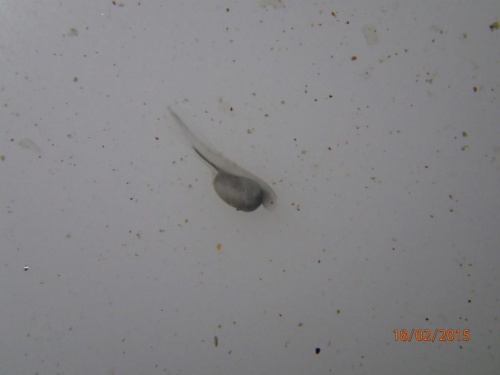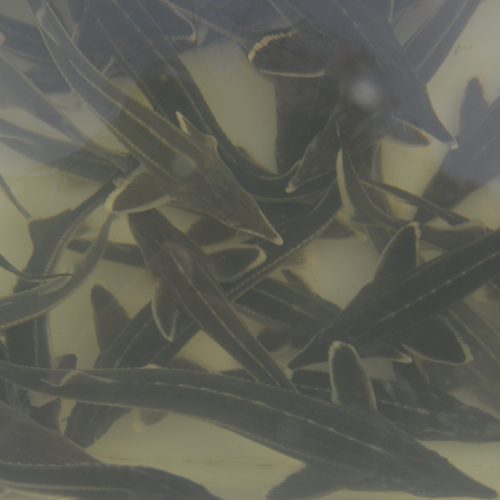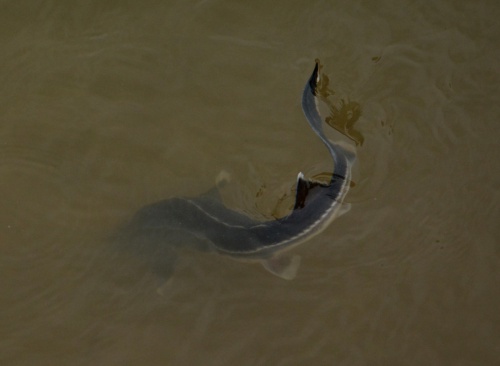News
Little sturgeons are hatching!
Great news from the WWF restocking project on the Danube in Bulgaria: on February, 18th 2015, small sterlets began to hatch on a farm in Montana, Bulgaria, which were bred for the WWF sturgeon restocking programme. The Sterlet (Acipenser ruthenus), which can also be found in the planned Transboundary Biosphere Reserve ’Mura-Drava-Danube’ (TBR MDD), is one of the five remaining sturgeon species in the Danube.

According to the IUCN, sturgeons are "more critically endangered than any other group of species." They are extremly vulnerable to overfishing and interference in their natural habitat globally, from river regulation to hydropower dams with one example being the Iron Gate Dams in the Danube River.
The newly hatched larvae are about 2 mm in size. They have a yolk sac around their abdomen that feeds them. After all sterlets hatch, they will be put in an earth basin and fed with natural food - zooplankton.
This is how the young sterlets will grow to be fully prepared for life in the Danube where their parents were born. Sturgeons are genetically programmed to return to the breeding sites where they hatched. This is why it needs to be ensured that the sterlets are of Danube origin. Their parents were caught by professional fishermen with a special permission from the authorities.
Fingers crossed that the little sterlets will grow well, so they’ll soon be able to start their life in the great river where they belong – the Danube!

